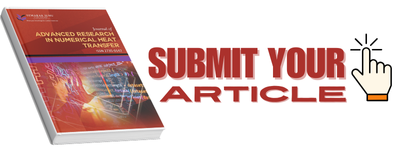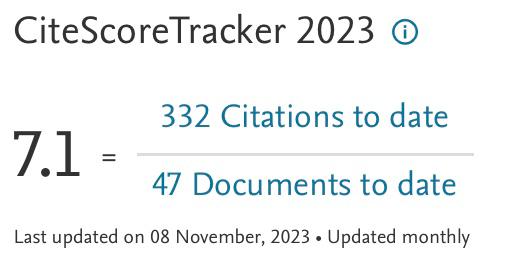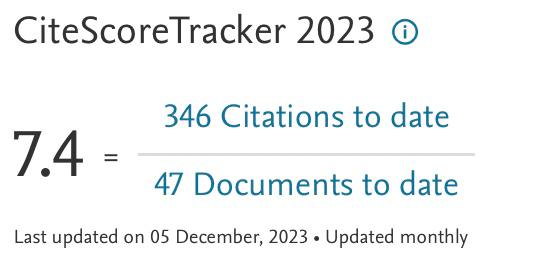Solute Dispersion in an Unsteady Herschel-Bulkley Flow through an Inclined Stenosed Arter
DOI:
https://doi.org/10.37934/arnht.14.1.2938Keywords:
Unsteady Blood Flow, Unsteady Solute Dispersion, Herschel-Bulkley Model, Perturbation Method, Generalized Dispersion ModelAbstract
Motivated by the concept of blood flow in a stenosed artery, this present research investigates the influence of stenosis shape in terms of height and arterial inclination on the blood flow and solute dispersion behaviour through an inclined stenosed artery. The blood rheology is depicted using the Herschel-Bulkley model in a laminar, axisymmetric and incompressible unsteady flow through the stenosed artery. The effect of stenosis is focused on the stenosis height for both sine and cosine stenosis. Parameters of arterial inclination are also investigated to observe the effect of inclination on the blood velocity and dispersion function. Perturbation method is adopted in solving for the blood flow velocity under the effect of stenosis height and arterial inclination. The dispersion function of solute dispersion is solved using the obtained blood velocity by adopting the Generalized Dispersion Model (GDM) in obtaining steady dispersion functions. This present study shows that the increase in stenosis height decreases both blood velocity and dispersion function. Meanwhile, the increase in arterial inclination increases the blood velocity and dispersion function. The effect of stenosis height also affects blood velocity and dispersion function for the sine stenosis more than the cosine stenosis.
Downloads
References
Priyadharshini, S., and R. Ponalagusamy. "A numerical study on unsteady flow of Herschel–Bulkley nanofluid through an inclined artery with body acceleration and magnetic field." International Journal of Applied and Computational Mathematics 5, no. 1 (2018): 1-26. https://doi.org/10.1007/s40819-018-0589-4
Rajashekhar, C., G. Manjunatha, Hanumesh Vaidya, B. Divya, and K. Prasad. "Peristaltic flow of Casson liquid in an inclined porous tube with convective boundary conditions and variable liquid properties." Frontiers in Heat and Mass Transfer (FHMT) 11 (2018): 1-8. https://doi.org/10.5098/hmt.11.35
Srivastava, Neetu. "Herschel-bulkley magnetized blood flow model for an inclined tapered artery for an accelerated body." Journal of Science and Technology 10, no. 1 (2018). https://doi.org/10.30880/jst.2018.10.01.008
Zaman, Akbar, and Nasir Ali. "Effects of peripheral layer thickness on pulsatile flow of Herschel–Bulkley fluid through a stenotic artery." Canadian Journal of Physics 94, no. 9 (2016): 920-928. https://doi.org/10.1139/cjp-2014-0584
Shabbir, M. S., N. Ali, and Z. Abbas. "Unsteady blood flow of non-Newtonian fluid through a rigid artery in the presence of multi-irregular stenoses." Journal of the Brazilian Society of Mechanical Sciences and Engineering 40 (2018): 1-9. https://doi.org/10.1007/s40430-018-1327-x
Zaman, Akbar, Nasir Ali, and M. Sajid. "Slip effects on unsteady non-Newtonian blood flow through an inclined catheterized overlapping stenotic artery." Aip Advances 6, no. 1 (2016). https://doi.org/10.1063/1.4941358
Iida, Noriko. "Influence of plasma layer on steady blood flow in microvessels." Japanese Journal of Applied Physics 17, no. 1 (1978): 203–214. https://doi.org/10.1143/JJAP.17.203
Maruthi Prasad, K., and G. Radhakrishnamacharya. "Flow of Herschel–Bulkley fluid through an inclined tube of non-uniform cross-section with multiple stenoses." Archives of Mechanics 60, no. 2 (2008): 161-172.
Chaturani, P., and R. Ponnalagar Samy. "A study of non-Newtonian aspects of blood flow through stenosed arteries and its applications in arterial diseases." Biorheology 22, no. 6 (1985): 521-531. https://doi.org/10.3233/BIR-1985-22606




























